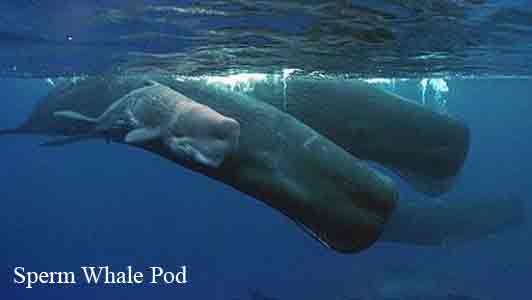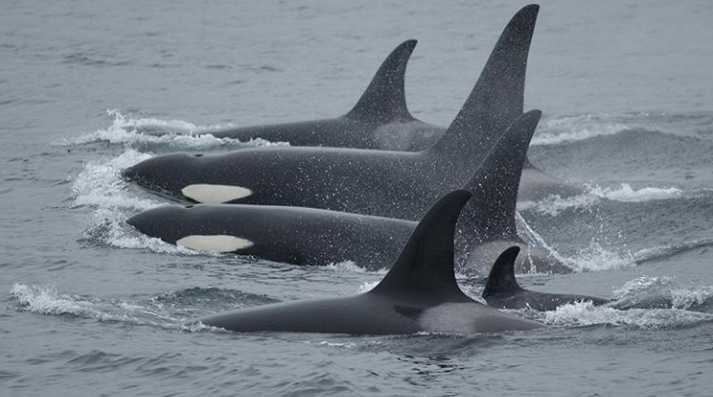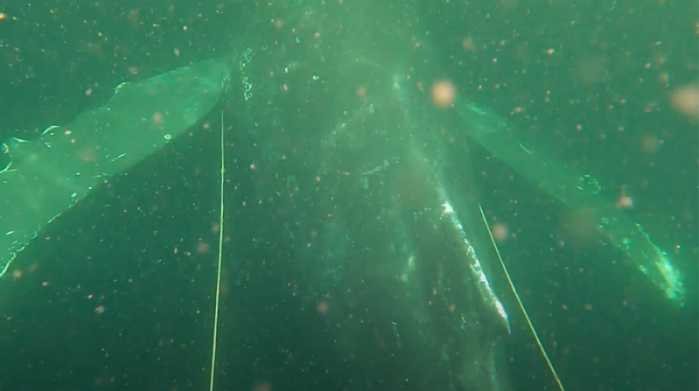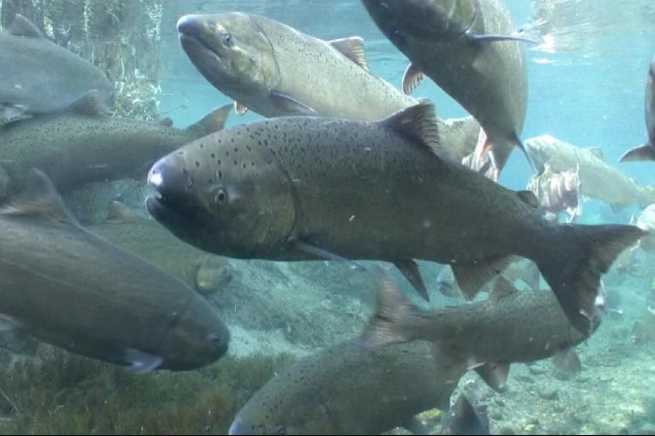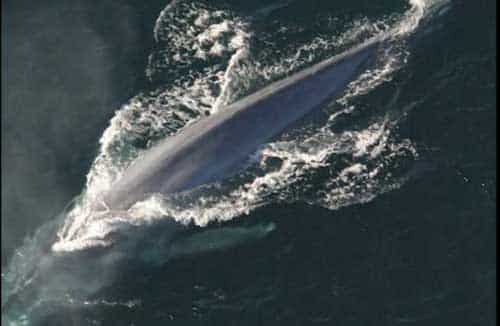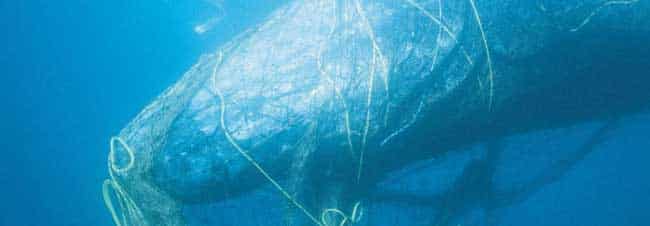
Longline harvesters in Southeast Alaska are embarked on the development of a new user-friendly tool to detect sperm whales and avoid depredation on longline gear.
The Alaska Longline Fishermen’s Association (ALFA) was awarded a one-year, $245,000 grant from the NOAA Bycatch Reduction and Engineering Program to adapt towed array hydrophone systems that can spot whales up to eight miles away and then share this information between a network of fishermen.
The project is an interdisciplinary collaboration of fishermen, NOAA fishery managers, university-based biologists, and hydrophone equipment developers building on prior work by the Southeast Alaska Sperm Whale Avoidance Network (SEASWAP) during a 2016 pilot study.
There are three stages to this project. The first involves the use of 2016 field data to improve automated detection/localization functions, improve the user interface, incorporate automated real-time sharing of whale detection data to allow avoidance and upgrade existing SEASWAP hydrophone hardware. Phase two will focus on field testing the upgraded software/hardware on commercial fishing vessels, before incorporating the systems into ALFA’s whale avoidance network.
[content id=”79272″]
“Sperm whale depredation on longline gear poses an economic challenge to fishermen and complicates stock assessment for fisheries managers,” said Linda Behnken, executive director of ALFA. “Fishermen need tools to avoid whale depredation and this support from NOAA’s BREP will allow us to create fishermen- and whale-friendly tools.”
ALFA Research Director Dan Falvey noted that ALFA’s goal is to provide harvesters with an effective means of detecting sperm whalers before setting gear, to facilitate sharing that information with a network of fishermen and assist the fleet with avoiding sperm whale depredation. “With support from the NOAA Bycatch Reduction and Engineering Program, we hope to turn research-oriented towed array hydrophone systems into a plug and play tool for the longline fleet,” he said.
Fishermen’s News Online grants permission to the Alaska Native News to post selected articles. Read More at: Fishermen’s News Online.



